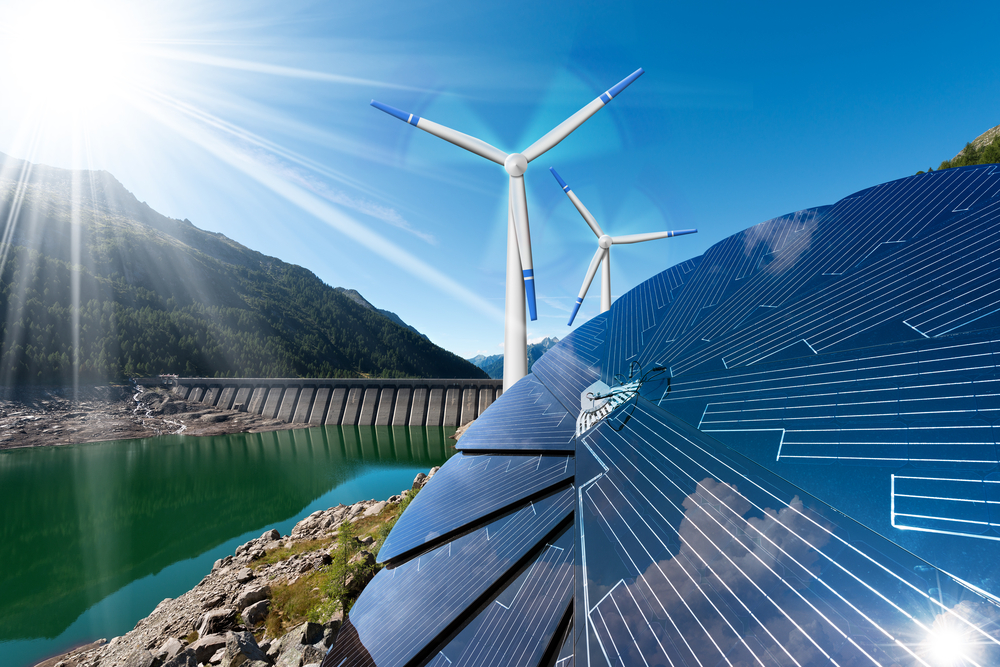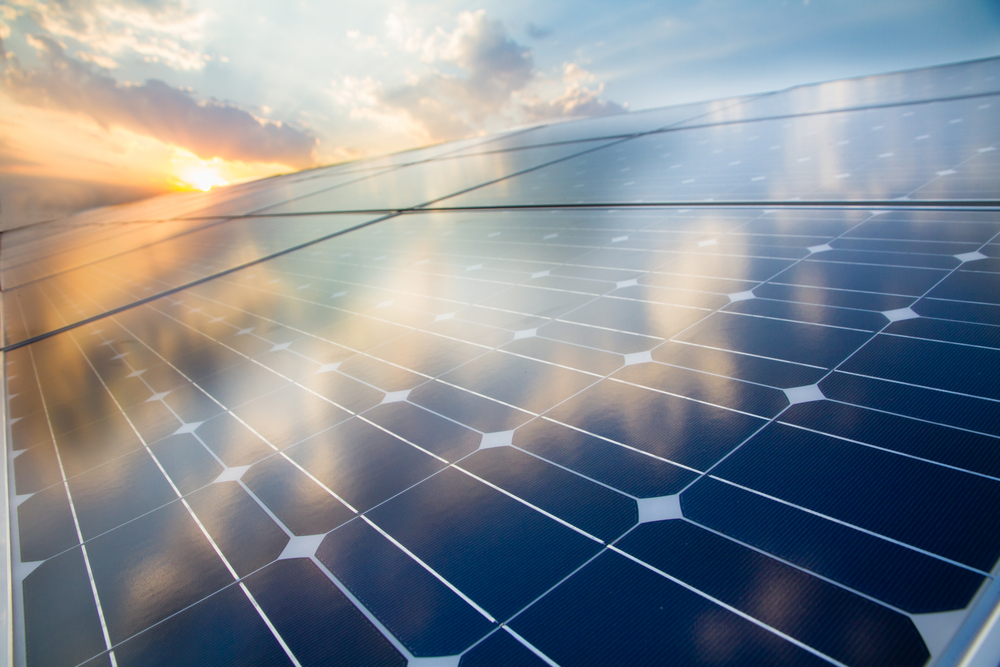Sustainability and Creativity
Dynamic Duo in Real Estate
Fusing sustainability and creativity is a dynamic duo in modern real estate practices. Let’s explore various aspects. Green Building Designs. Creative architects and developers incorporate sustainable practices into their designs. Many are using energy-efficient structures to reduce operational costs and utility bills using eco-friendly materials. Green building materials primarily use natural materials and renewable resources. […]



